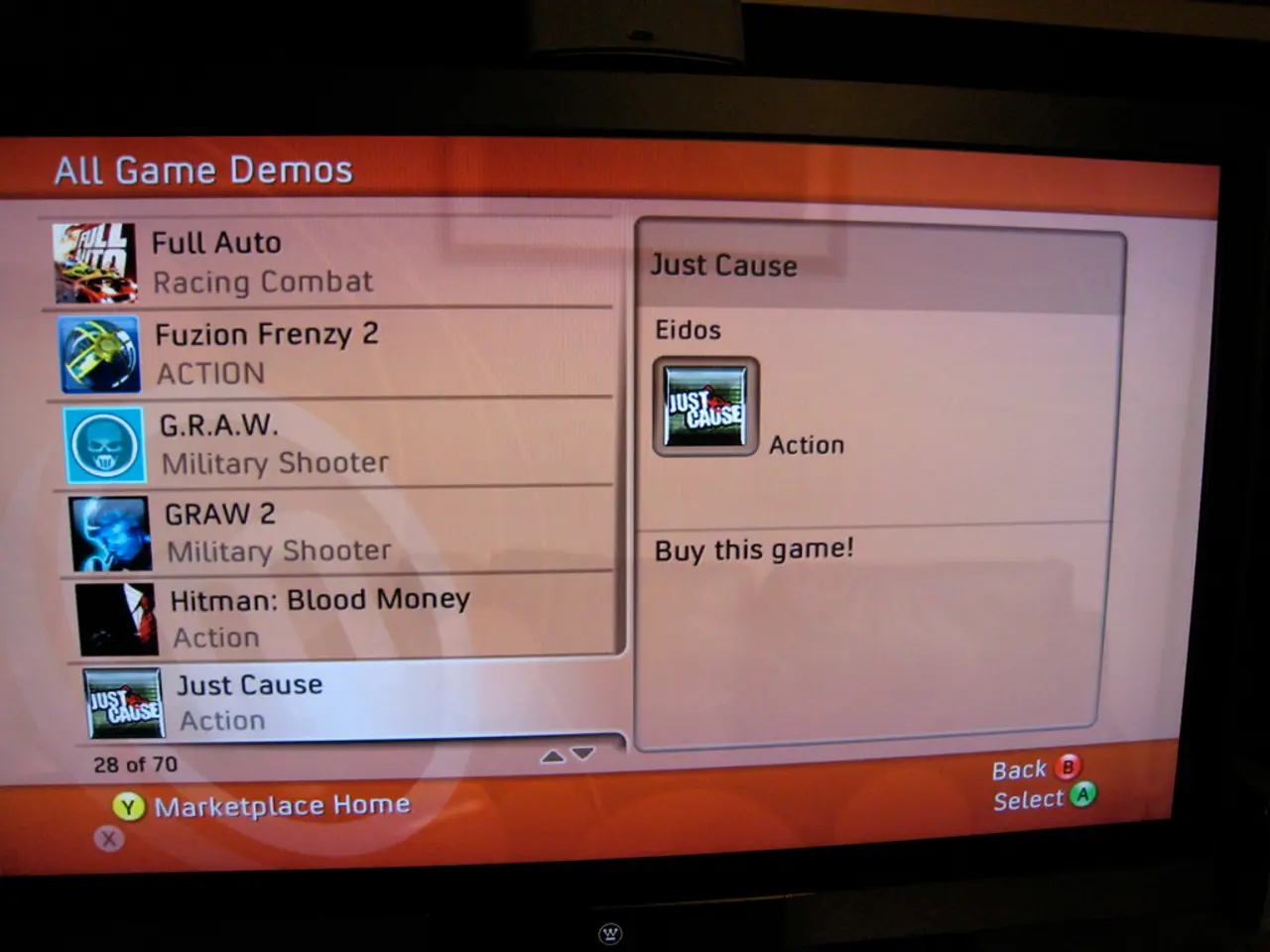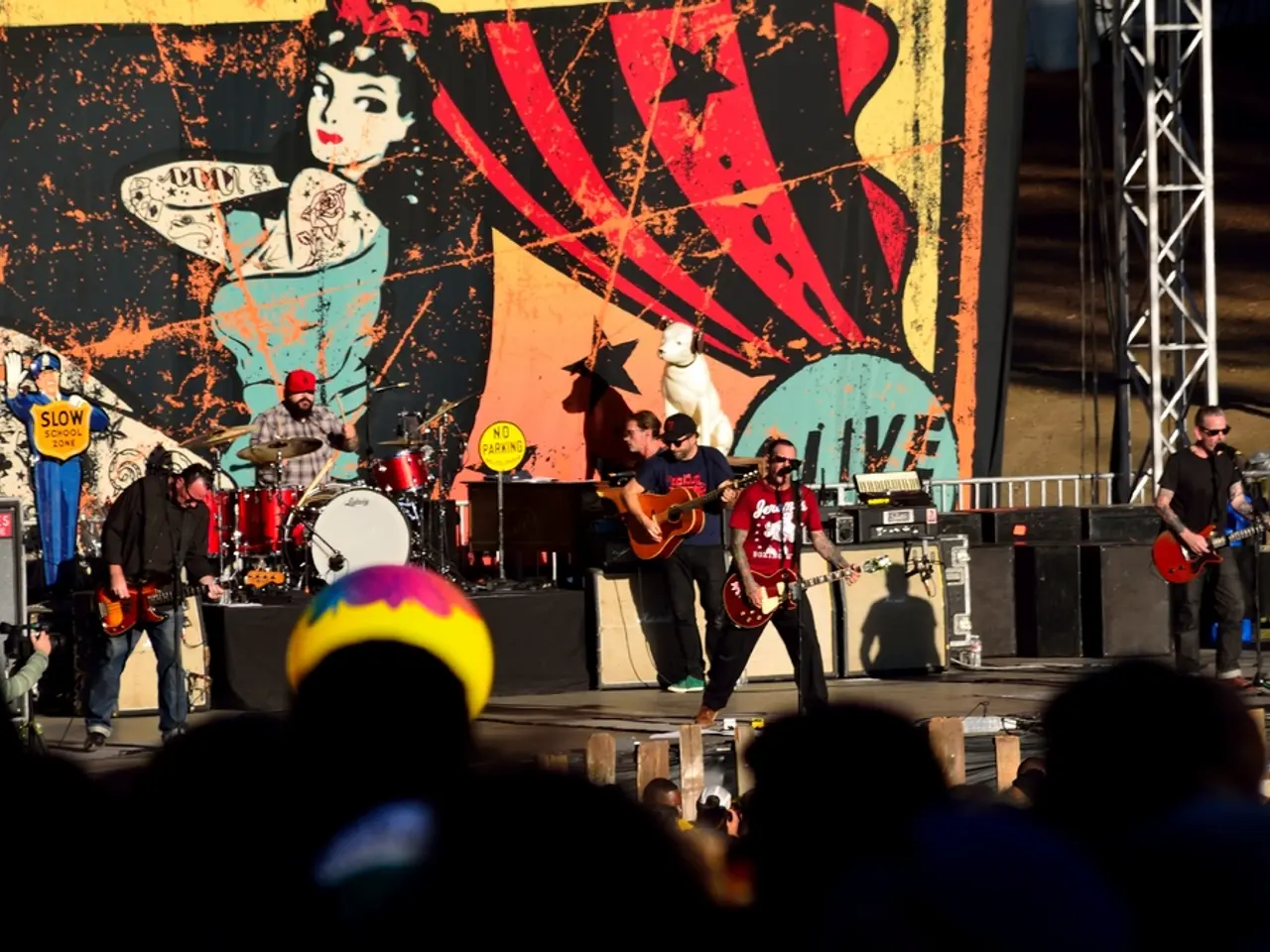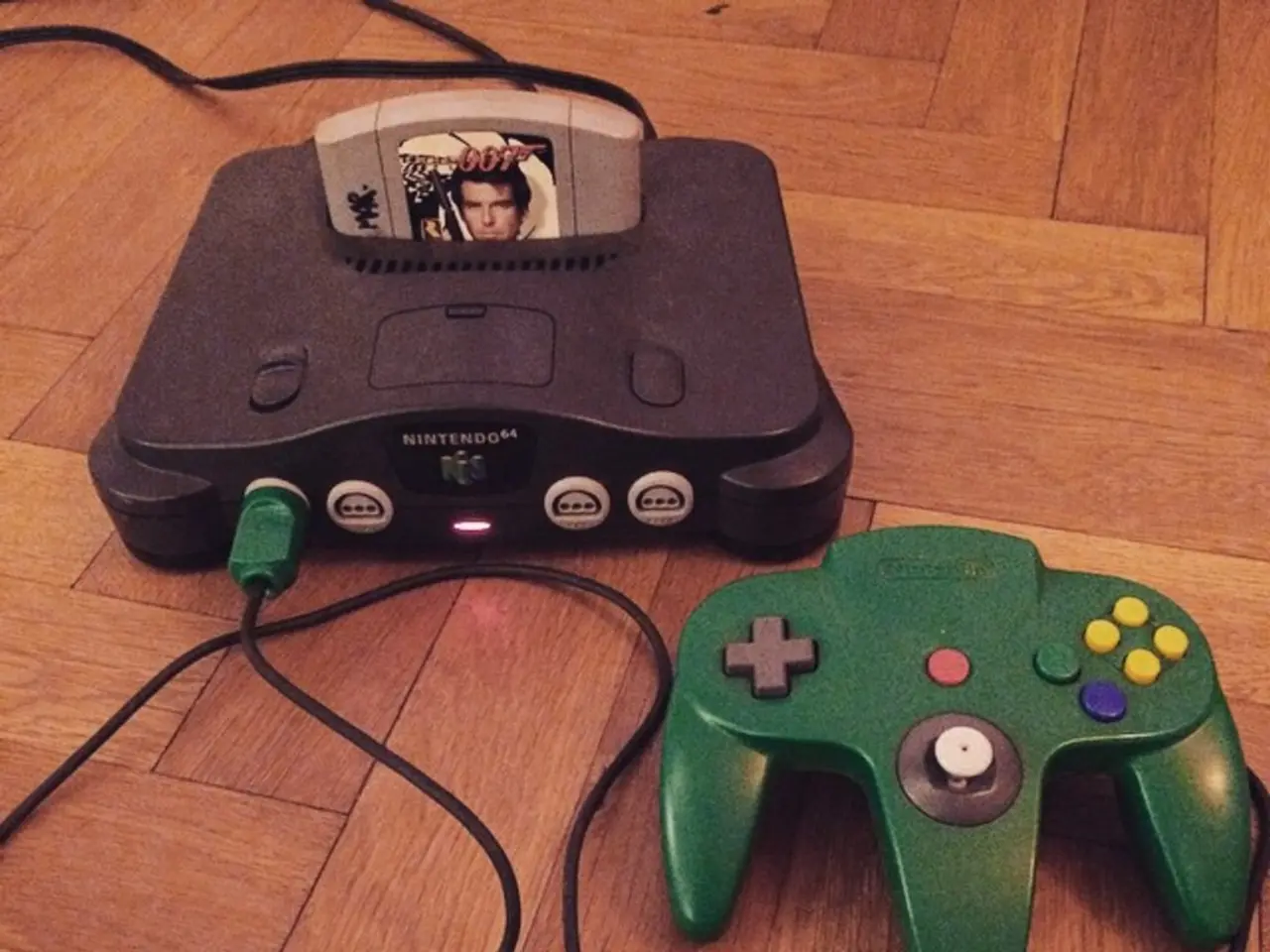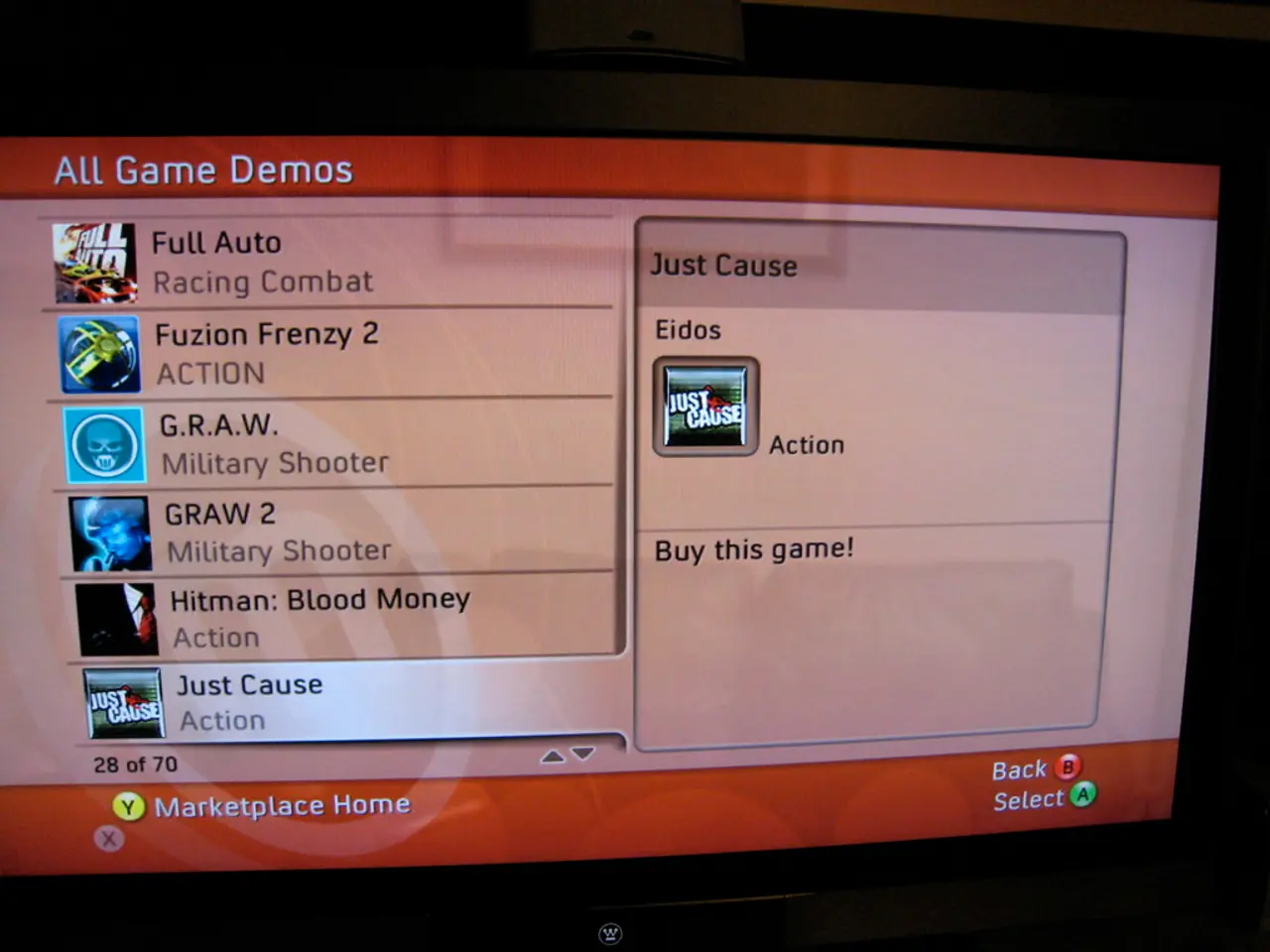Exploring Strategies for an Efficient Product Design Workflow Unveiled
=====================================================================================
The process of product design is a crucial step in creating digital products that meet user needs and are competitive in the market. This approach centers around understanding user needs, technical possibilities, and business sustainability.
- Empathizing with Users (Discover/Research): Comprehensive market research, user interviews, field studies, and competitor analysis help to deeply understand customer needs, pain points, and behaviors. This ensures the product addresses real user problems and preferences.
- Problem Definition (Define): Synthesizing research insights into a clear, actionable problem statement guides design efforts, refining the focus on what the product must solve or achieve.
- Ideation (Brainstorming and Ideate): Creative techniques such as mind mapping, star bursting, and sketching are used to generate a broad range of ideas and potential solutions.
- Concept Development and Prototyping: Building early versions or models of the product concept explores what is technically possible to build and begins testing usability and functionality.
- Testing and Evaluation: Real users evaluate prototypes or products to validate that they meet needs and are intuitive to use. This captures feedback on desirability and influences viability judgments related to market acceptance.
- Iteration: Based on testing results, the product is refined and improved continuously in a cyclical process until it aligns well with user expectations, technical constraints, and business goals.
- Finalization and Launch: The design is completed with optimized features, and the product is prepared for market introduction. Ongoing evaluation post-launch helps assess viability — whether the product is profitable and sustainable.
The principles that guide this process emphasize the intersection of desirability (user needs), feasibility (technical capability), and viability (business success). Achieving true product innovation requires balancing and integrating all three elements, ensuring that the product is not only wanted by users but can also be built effectively and generate profit.
Frameworks like the Double Diamond methodology and User-Centered Design (UCD) highlight these principles via stages of Discover, Define, Develop, and Deliver, employing iterative feedback loops to continuously align design outcomes with evolving insights. Attention to cognitive and behavioral aspects, such as user adoption psychology, is also essential to create products that users will embrace, not just tolerate.
The key steps and principles are:
| Key Steps | Focus | |----------------------------------|---------------------------------| | Discover / Research | Understand user needs & context (Desirability) | | Define | Clear problem statement | | Ideate / Brainstorm | Generate broad ideas | | Develop / Prototype | Explore technical feasibility | | Test / Evaluate | Validate desirability & usability| | Iterate | Continuous improvement | | Finalize and Launch | Ensure business viability & market fit |
The core principles are: - Center design around user needs (desirability) - Validate and optimize technical solutions (feasibility) - Align with business goals for profitability and sustainability (viability) - Employ iterative, user-centered, and evidence-based development - Understand behavioral factors influencing adoption and usage
Agencies like Clay, Mission Control, IDEO, Work & Co, Fantasy, and MetaLab are known for combining user research, interaction design, and product strategy to create intuitive, high-impact digital products. Regular updates and iterations based on user feedback and market demand, quality assurance, beta testing, and usability testing are also essential components of the product design process. Performance optimization, analytics and metrics tracking, developer handoff, launch strategy, and post-launch monitoring are additional considerations that contribute to the success of a product.
Technology and gadgets play pivotal roles in the process of product design, particularly in the creation of digital products. The ideation phase involves using creative techniques to generate ideas and potential solutions, while the prototyping stage explores what is technically possible to build and tests usability and functionality of these gadgets. The final product often integrates technology to deliver an intuitive user experience and meet market requirements.




